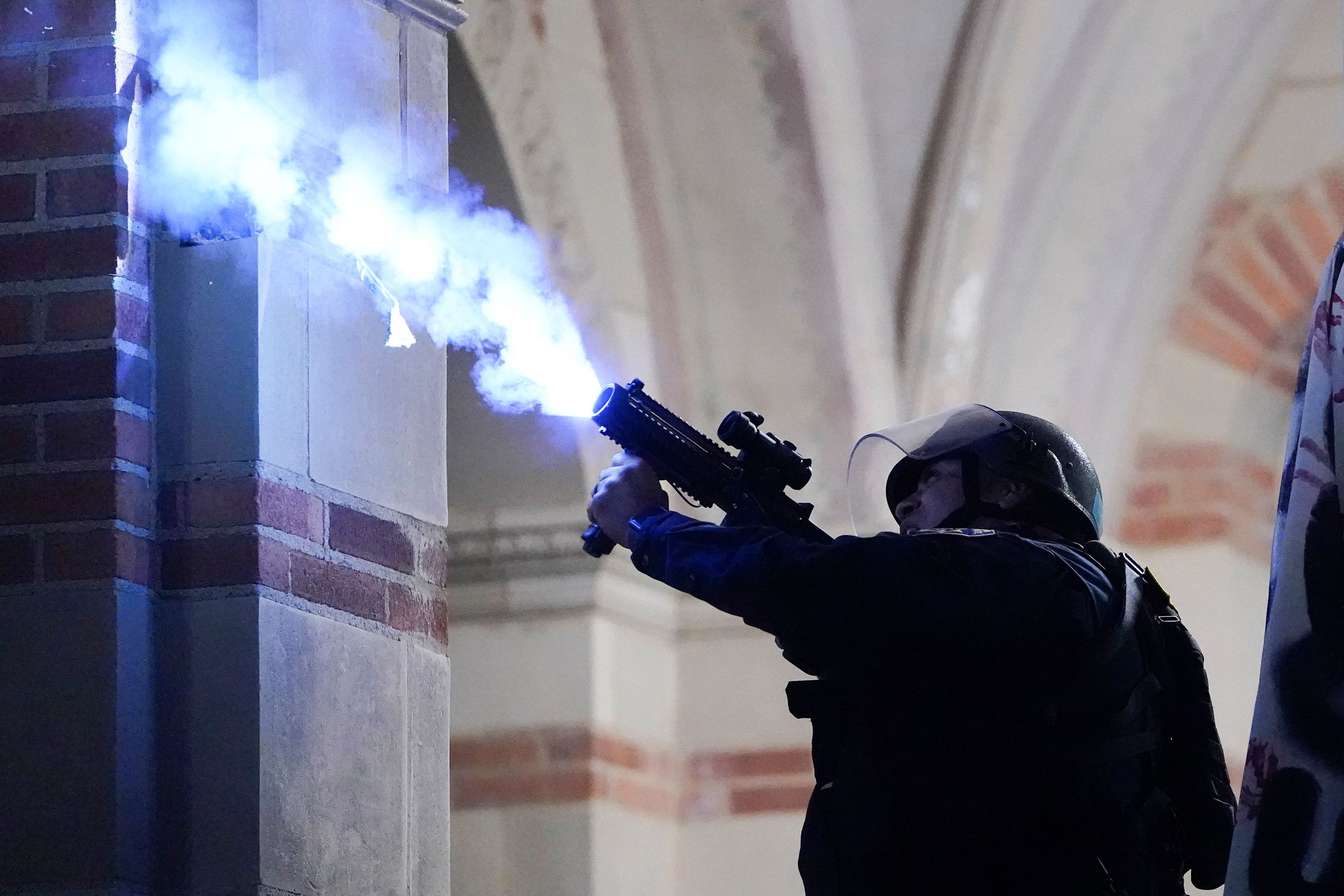Police tactics at campus protests reveal disparities and lessons learned post-George Floyd

As universities and colleges across the US turn to police to clear their campuses of protests over Israel’s assault on Gaza, the response by law enforcement is under heightened scrutiny after thousands were arrested since mid-April.
Footage captured from the physical — and in some cases violent — confrontations between police and protesters reveals a gamut of tactics used to disperse demonstrators from occupied school buildings and take down on-campus encampments.
The wide range of police tactics seen on campuses nationwide reveal the disparities between police agencies in their training and understanding of the generally accepted best practices in dealing with protests and crowd control issues, law enforcement experts told CNN.
Still, the experts said, police were largely measured in their approach and showed restraint in using force – a direct result of lessons learned during the widespread protests after the police killing of George Floyd nearly four years ago. Those protests were bigger, fiercer and more sustained than prior demonstrations.
“In the rearview mirror of every police executive is the summer of 2020, which was a real defining moment for police in terms of handling demonstrations, violent demonstrations,” said Chuck Wexler, executive director of the Police Executive Research Forum, a law enforcement policy group. “Police were not prepared for the level of violence they encountered.”
“You have a balancing act here between universities wanting the police to come on board and then you have police decision makers who are having to determine what response is appropriate,” Wexler said.
No comments: